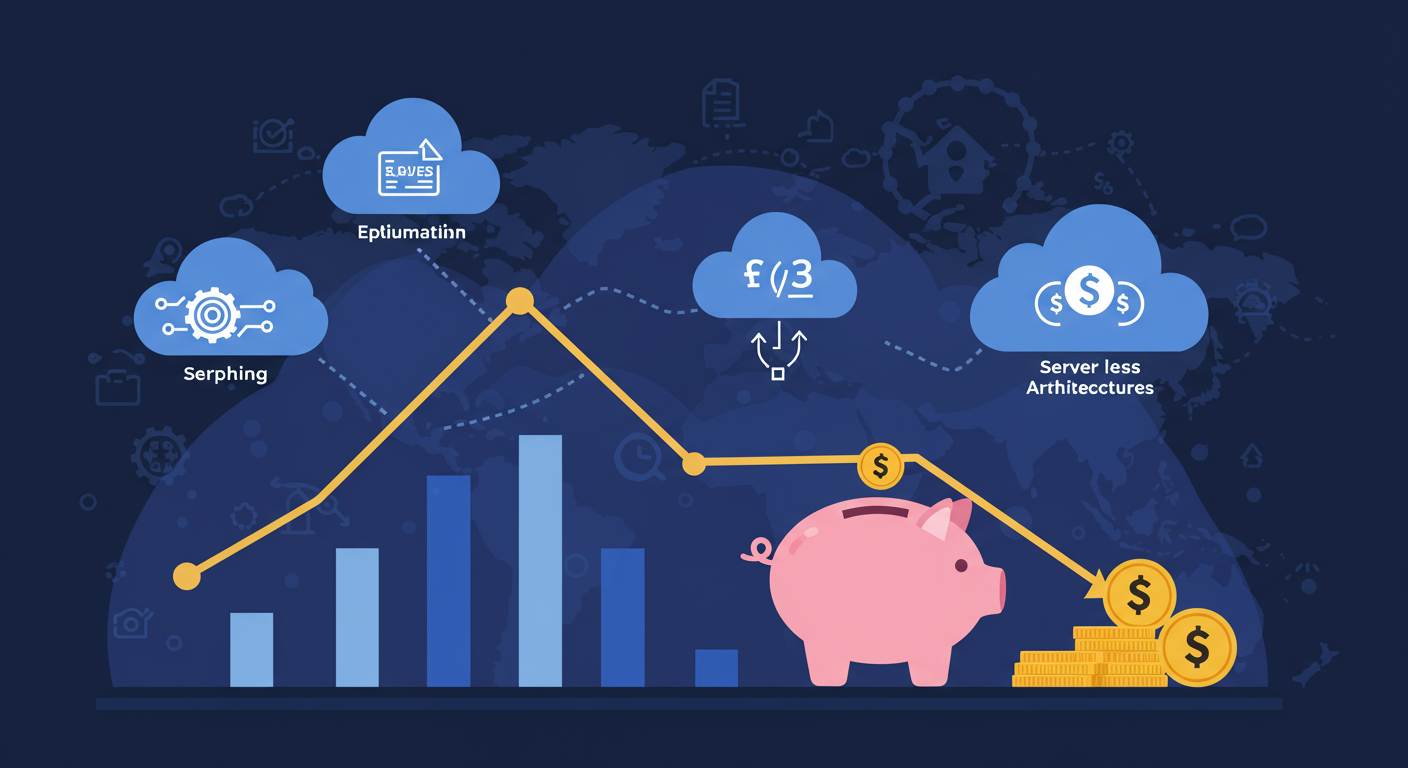Mastering Serverless Cost Optimization

Serverless architectures offer compelling pay-per-use pricing models, but without careful management, costs can still escalate. Optimizing your serverless spending is crucial for maximizing ROI and ensuring the long-term viability of your applications. This guide explores key strategies to keep your serverless costs in check.
Key Strategies for Serverless Cost Control
- Right-Size Your Functions: Allocate only the necessary memory and CPU to your functions. Over-provisioning is a common source of wasted spend. Most cloud providers offer tools to monitor and suggest optimal configurations. For example, AWS Lambda charges based on memory allocated and execution duration.
- Optimize Code for Execution Time: Shorter execution times mean lower costs. Profile your code to identify bottlenecks, use efficient algorithms, and minimize cold starts where possible.
- Choose the Right Region: Data transfer costs and function execution pricing can vary between regions. Deploy your functions in regions closest to your users or data sources to minimize latency and potentially costs.
- Understand Pricing Models: Familiarize yourself with the specific pricing details of your chosen serverless platform (e.g., AWS Lambda, Azure Functions, Google Cloud Functions). This includes charges for invocations, duration, memory, data transfer, and any additional services used.
- Use Provisioned Concurrency Wisely: While provisioned concurrency can eliminate cold starts for critical functions, it also incurs costs even when functions are idle. Use it judiciously for workloads that demand consistent low latency.
- Leverage Caching: Implement caching at various levels (CDN, API Gateway, in-function) to reduce the number of function invocations and data retrieval operations from expensive downstream services.
- Monitor and Alert for Cost Anomalies: Set up billing alerts and use cost management tools provided by your cloud vendor (e.g., AWS Cost Explorer, Azure Cost Management) to track spending patterns and detect unexpected increases. Google Cloud Functions also has detailed pricing tiers.
- Clean Up Unused Resources: Regularly audit your serverless applications and delete any unused functions, triggers, or associated resources like event sources or log groups to prevent orphaned resources from incurring charges.
- Architect for Cost: Design your applications with cost in mind from the beginning. This includes choosing appropriate event sources, minimizing data processing within functions where possible, and opting for cheaper storage or database options when performance requirements allow.
By implementing these strategies, you can effectively manage and optimize your serverless spending, ensuring that you fully benefit from the cost-efficiency promises of serverless computing. Continuous monitoring and refinement are key to long-term cost control.